
In Italy, pesto sauce is a very common dressing for pasta. The word pesto, by itself, simply means “pestled”: in fact it is prepared by crushing the ingredients in a mortar. This simple yet delicious sauce was born in the city of Genova, a harbour in the North-West of Italy.
But let’s cut history short! Truth is, I came back to Genova, my home town, and out of pure boredom the idea for this blog post popped into my mind. It was time for lunch, so I quickly grabbed my camera and began to harass the cook. I guess my mother had quite different expectations when I volunteered to help in the kitchen… but, oh well, always choose wisely when you give your children a camera! Who knows what might happen.
So, back to pesto. If your going to follow this blog post as a recipe (…good luck) here’s the list of ingredients:
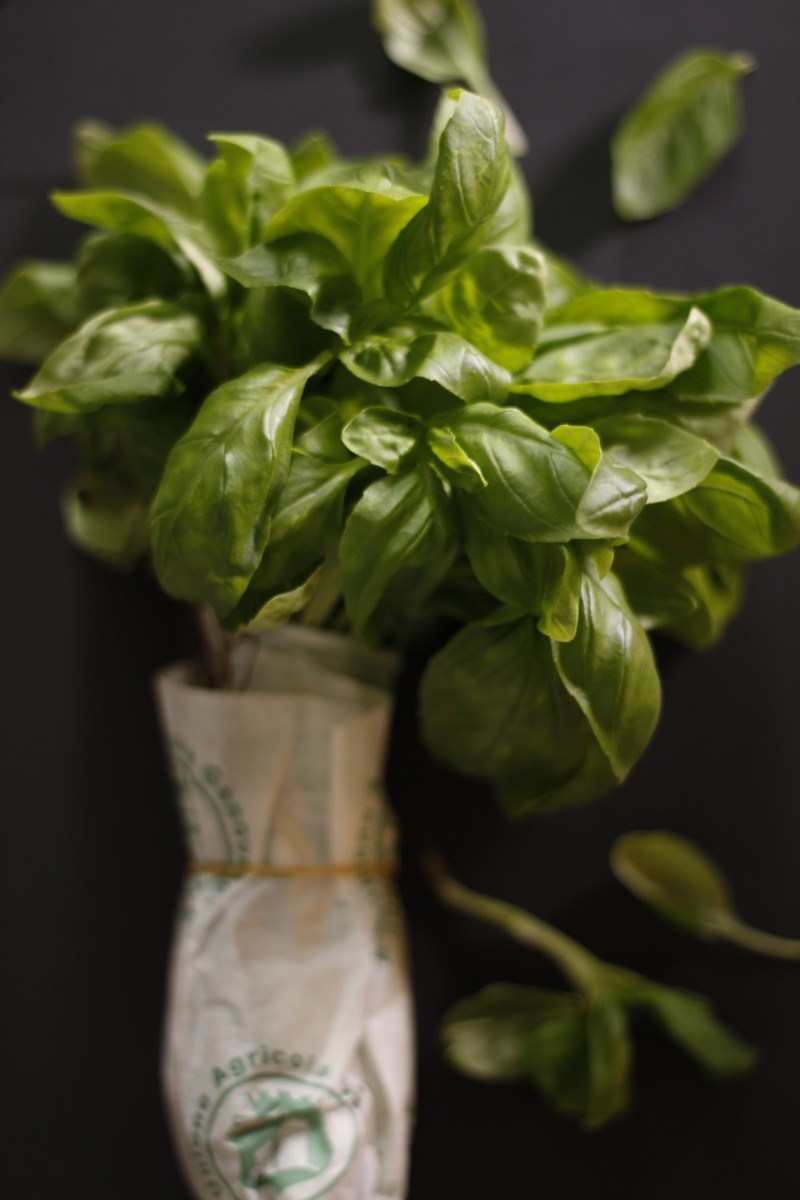
- lots of pine nuts
- seasoned pecorino cheese from Sardinia
- parmisan cheese
- extra virgin olive oil in generous measure
- garlic (more than you would usually dare)
- a pinch of salt
- and obviously, basil
Lots of it, actually!
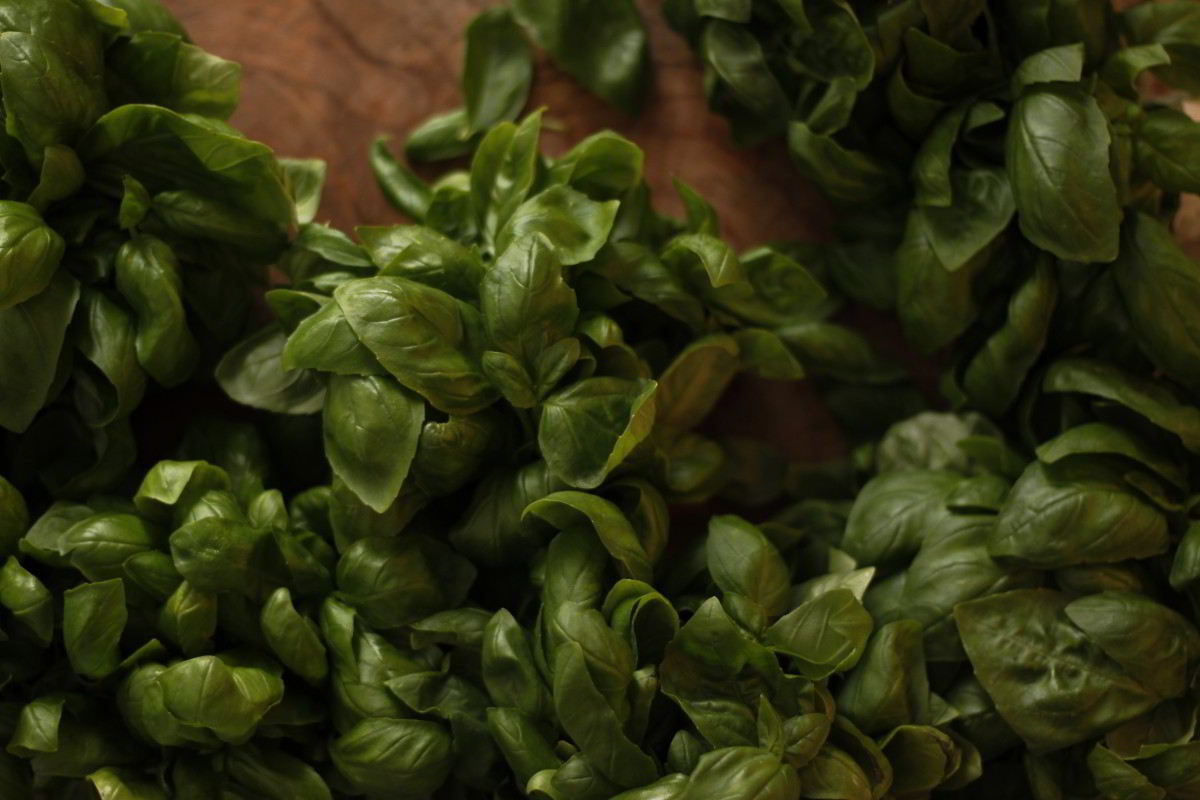
As for the quantity of pesto you’ll end up with, well… don’t worry, it’s never too much. Anyway! First step is to cut the basil’s leaves and wash them.
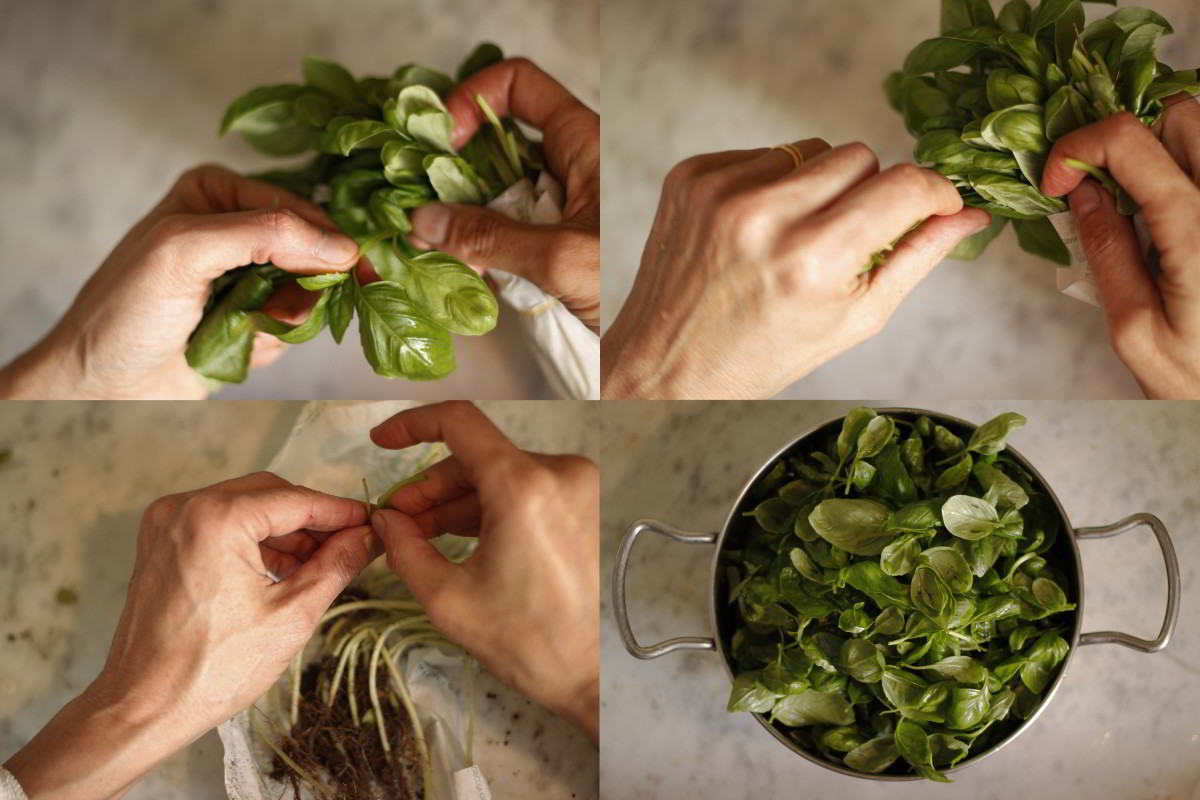
Then you’ll peel five cloves of fresh garlic, cut them thin and put them in the mixer together with basil and pine nuts.
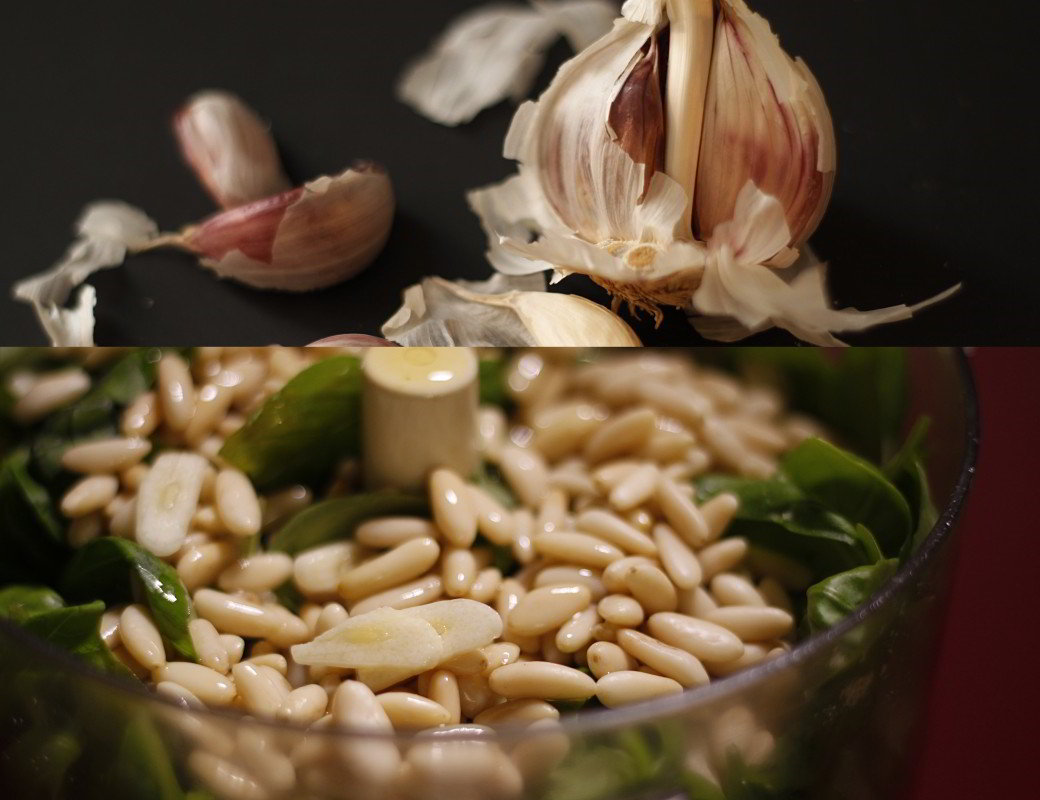
What? Why am I using a mixer instead of a mortar? Our mortar has… uhm… retired a long time ago.
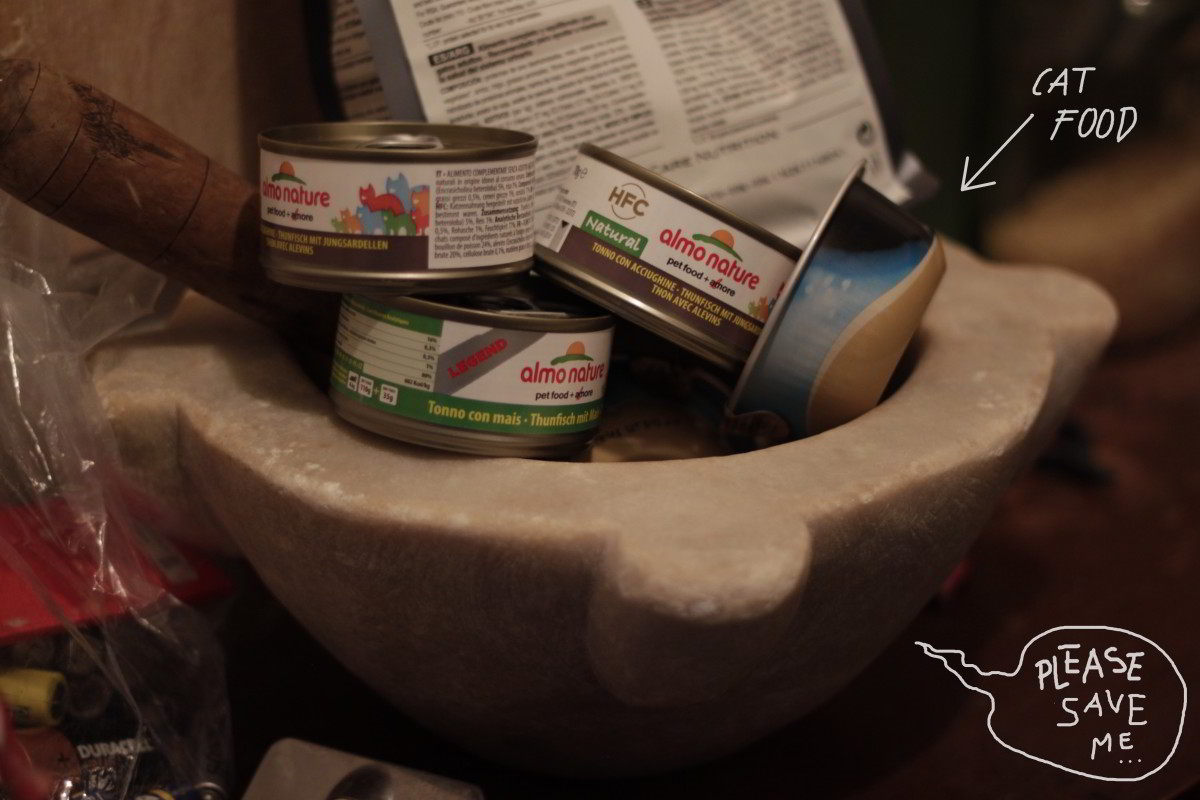
Where were we? Right, cheese. As for the quantities, parmisan must be 3/4 and pecorino 1/4. Grate both types of cheese and add them to the mixer, together with oil and some coarse salt, then mix again.
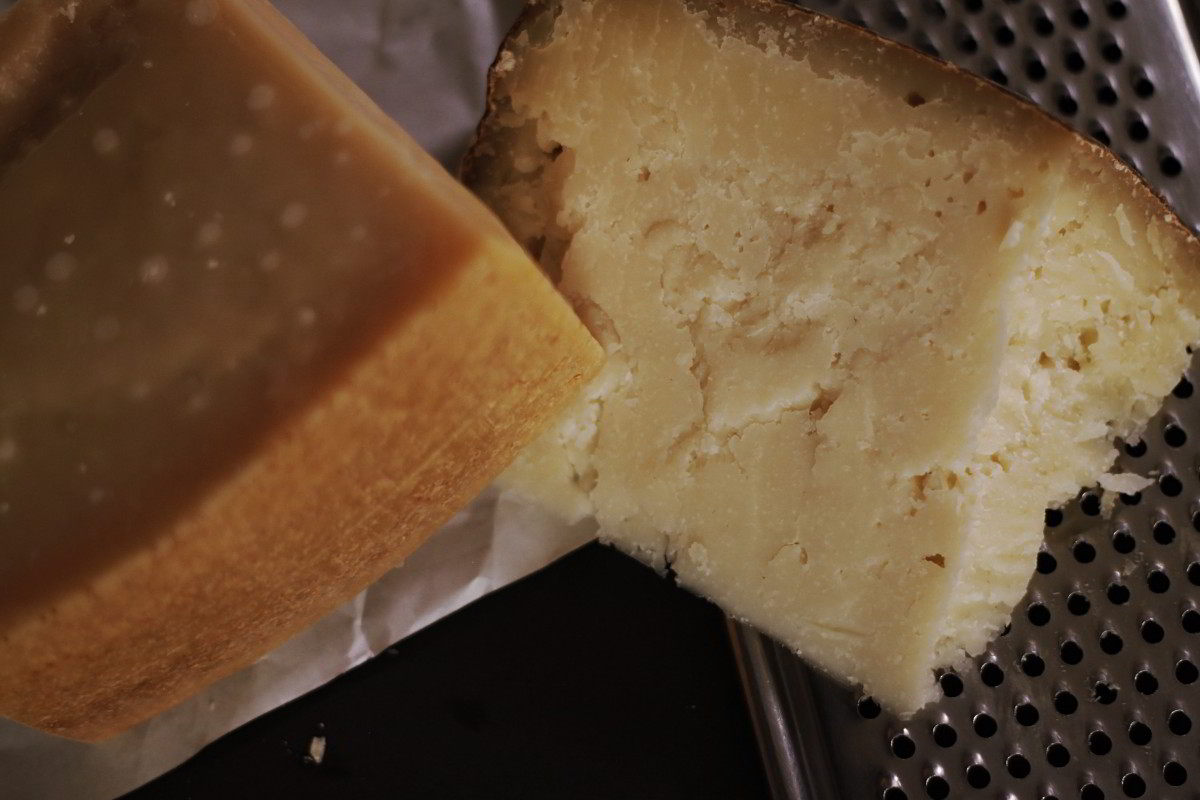
Meanwhile, thou shalt have boiled the trofie in salty water. Trofie are a type of fresh pasta similar to gnocchi, made of potatoes and, in this case, enriched with chestnut flour. Right before the trofie, which don’t take long to be ready, green beans have been put in the water, too. I know this is sudden: not only I forgot to add these ingredients to the list, but I also failed to document the presence of green beans! Must have been because putting them in the pan was the only thing I actually did…
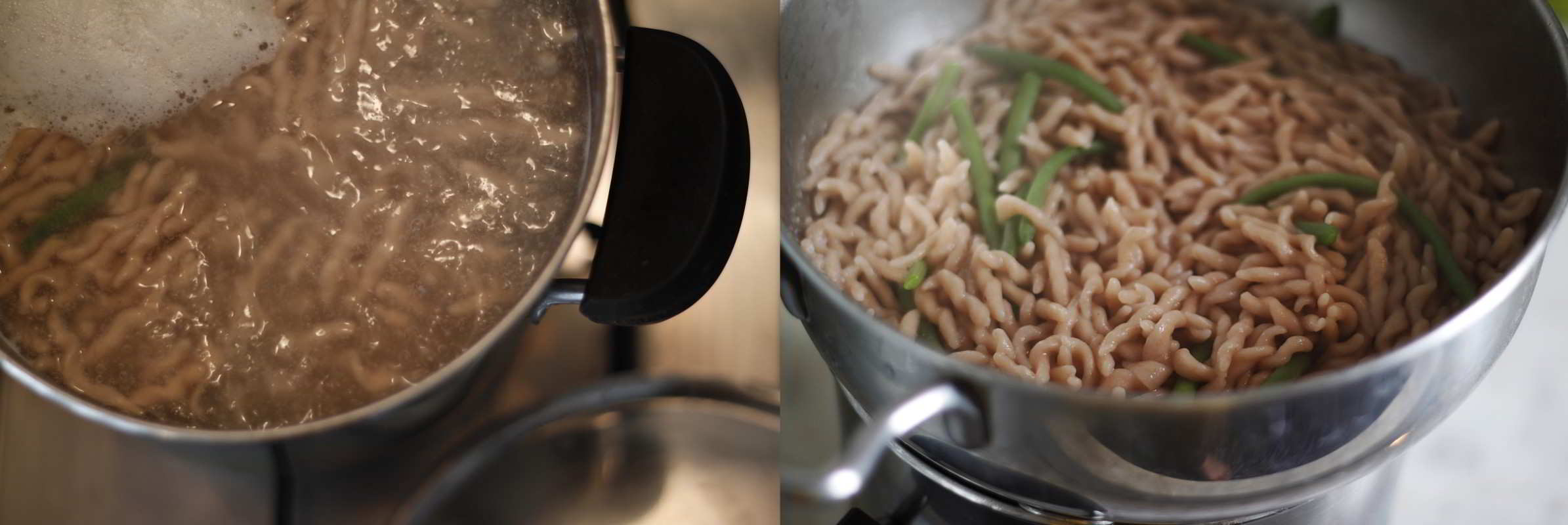
Our journey is finally over: if you made it to the final rush of draining and seasoning the trofie before they cool down, then you can finally eat. Except if you’re me. If that’s the case, then you’ll want to take one last picture of the trofie before they meet with their terrible (and terribly good) end.
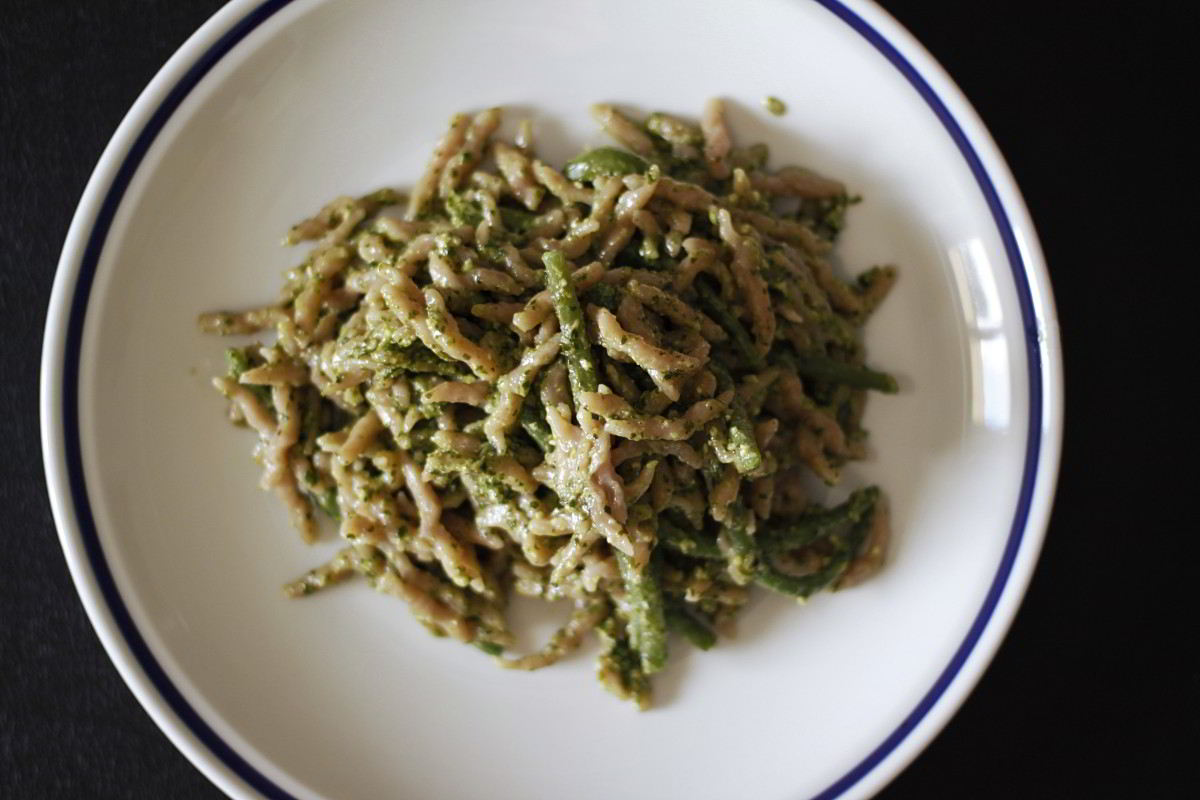
The last step is to spend the rest of the day writing a complete nonsense blog post like this! But I don’t fully recommend it…
